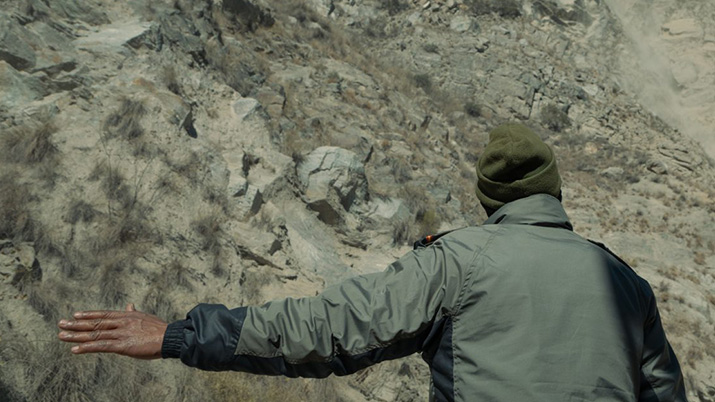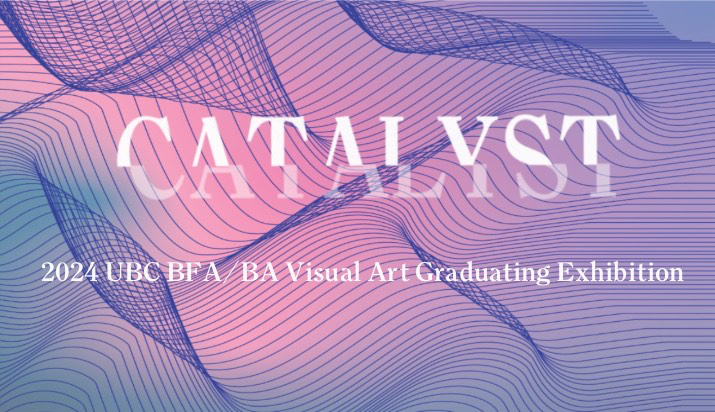Free Public Talk by Dr. Gabrielle Moser, AHVA Postdoctoral Fellow
This talk traces the emergence of citizenship as a photographable subject in the British Empire at the beginning of the twentieth century, taking as its focus an archive of 6,700 images produced by the Colonial Office Visual Instruction Committee: an unusual education project, developed by the British government, that used photographic lanternslides to teach viewers what it meant to look and to feel like imperial citizens. Photographs of migration were central to COVIC’s picturing of imperial citizenship, a non-legal category of belonging that promised British subjects equal rights in spite of the differences – of race, class, ethnicity, and gender – that photography had so forcefully contributed to solidifying and visualizing in the past. Beginning from close readings of several photographs included in the lectures on Canada, published in 1913, and telescoping out to consider how these images responded to (and often contradicted) contemporaneous representations of immigrants and other non- or would-be citizens, the lecture considers how photography has shaped what Sukanya Banerjee terms the “extra-legal dimensions of citizenship” for racialized subjects in Canada.
+ + +
Gabrielle Moser is currently a Social Sciences and Humanities Research Council of Canada (SSHRC) postdoctoral fellow in art history at the University of British Columbia and is a Fulbright Visiting Scholar in the department of Modern Culture and Media at Brown University in Winter 2017. She holds a PhD from the art history and visual culture program at York University and is an Adjunct Professor in art history at OCAD University.
Image: Alfred Hugh Fisher, Snake Charmers on the Desasumay Ghat at Benares, India, 1908


